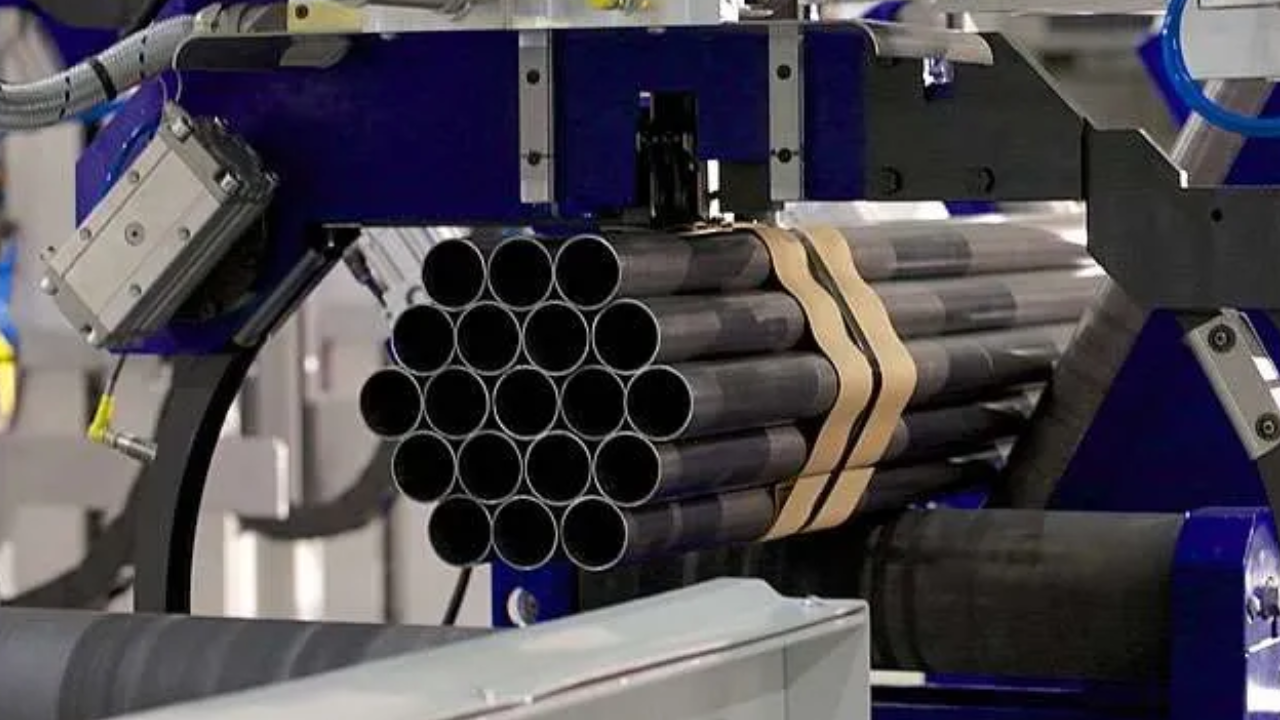Schedule 40 pipes are an omnipresent component in different businesses, eminent for their flexibility and solidness in passing on liquids, gasses, and solids. One essential viewpoint impacting their execution is their thickness, which can shift based on the pipe estimate. Understanding the varieties in Schedule 40 pipe thickness over diverse pipe sizes is crucial for planning and actualizing proficient channeling frameworks tailored to particular applications.
Let’s investigate the subtleties of how thick is schedule 40 pipe. These guidelines direct the measurements, divider thickness, and weight appraisals of Schedule 40 channels. The term “schedule” refers to the divider thickness of the pipe, with Schedule 40 indicating a specific thickness run.
Understanding Pipe Estimate
Pipe measure may be a basic parameter in deciding the measurements and determinations of Schedule 40 pipes. Pipe measure is regularly communicated in ostensible pipe measure (NPS), which speaks to the surmised interior distance across the pipe. Be that as it may, it’s basic to note that NPS does not compare straightforwardly to the real measurements of the pipe, because it begins from authentic measurements based on press pipe sizes.
Varieties in Thickness
Whereas Schedule 40 pipes maintain a reliable ostensible thickness per ANSI/ASTM benchmarks, the genuine thickness can change based on the pipe measure. Bigger breadth channels regularly require thicker dividers to resist higher weights and loads, whereas smaller pipes may have more slender dividers to optimize fabric utilization and cost-effectiveness.
Bigger Distance across Pipes
In common, bigger distances across Schedule 40 pipes tend to have thicker dividers to accommodate higher weight appraisals and auxiliary judgment necessities. For occasion, a 24-inch Schedule 40 pipe would ordinarily have a thicker divider compared to a 2-inch pipe to preserve the essential quality and inflexibility for taking care of considerable liquid volumes and weights. The expanded thickness guarantees that the pipe can withstand the inner and outside powers applied to it without distortion or failure.
Smaller Breadth Pipes
Conversely, smaller breadth Schedule 40 pipes may have comparatively more slender dividers while still assembling the least thickness prerequisites indicated by ANSI/ASTM benchmarks. More slender dividers in littler channels offer assistance minimize fabric costs and decrease weight without compromising execution. Be that as it may, it’s basic to guarantee that the more slender dividers can withstand the expected working conditions and loads without compromising security or basic keenness.
Standardized Thickness
Despite varieties in thickness based on pipe measure, Schedule 40 channels follow to standardized thickness ranges set up by ANSI/ASTM determinations. These guidelines guarantee consistency and consistency in pipe manufacturing and execution over distinctive sizes and applications. Producers carefully plan and design Schedule 40 pipes to meet or surpass these thickness prerequisites, guaranteeing unwavering quality and compliance with industry guidelines.
Components Affecting Thickness
A few variables impact the choice of Schedule 40 pipe thickness for a specific application, including Higher-weight applications that may require thicker dividers to resist inside weight without disappointment or spillage. Destructive or grating liquids may require thicker dividers to improve chemical resistance and solidness. Extraordinary temperatures, soil conditions, or presentation to outside components may require thicker dividers to guarantee long-term execution and astuteness. Pipes utilized in basic applications or supporting overwhelming loads may require thicker dividers to supply satisfactory quality and solidness.
Conclusion
Varieties in Schedule 40 pipe thickness based on pipe measure are evident, with bigger breadth channels regularly including thicker dividers to suit higher weights and loads, whereas smaller distances across pipes may have more slender dividers for cost-effectiveness and weight decrease. In any case, all Schedule 40 pipes follow to standardized thickness ranges set up by ANSI/ASTM determinations to ensure uniformity, reliability, and compliance with industry guidelines. Understanding these variations in thickness is basic for selecting the correct Schedule 40 pipe measure and detail for particular applications, guaranteeing ideal execution, security, and longevity in channeling systems.
